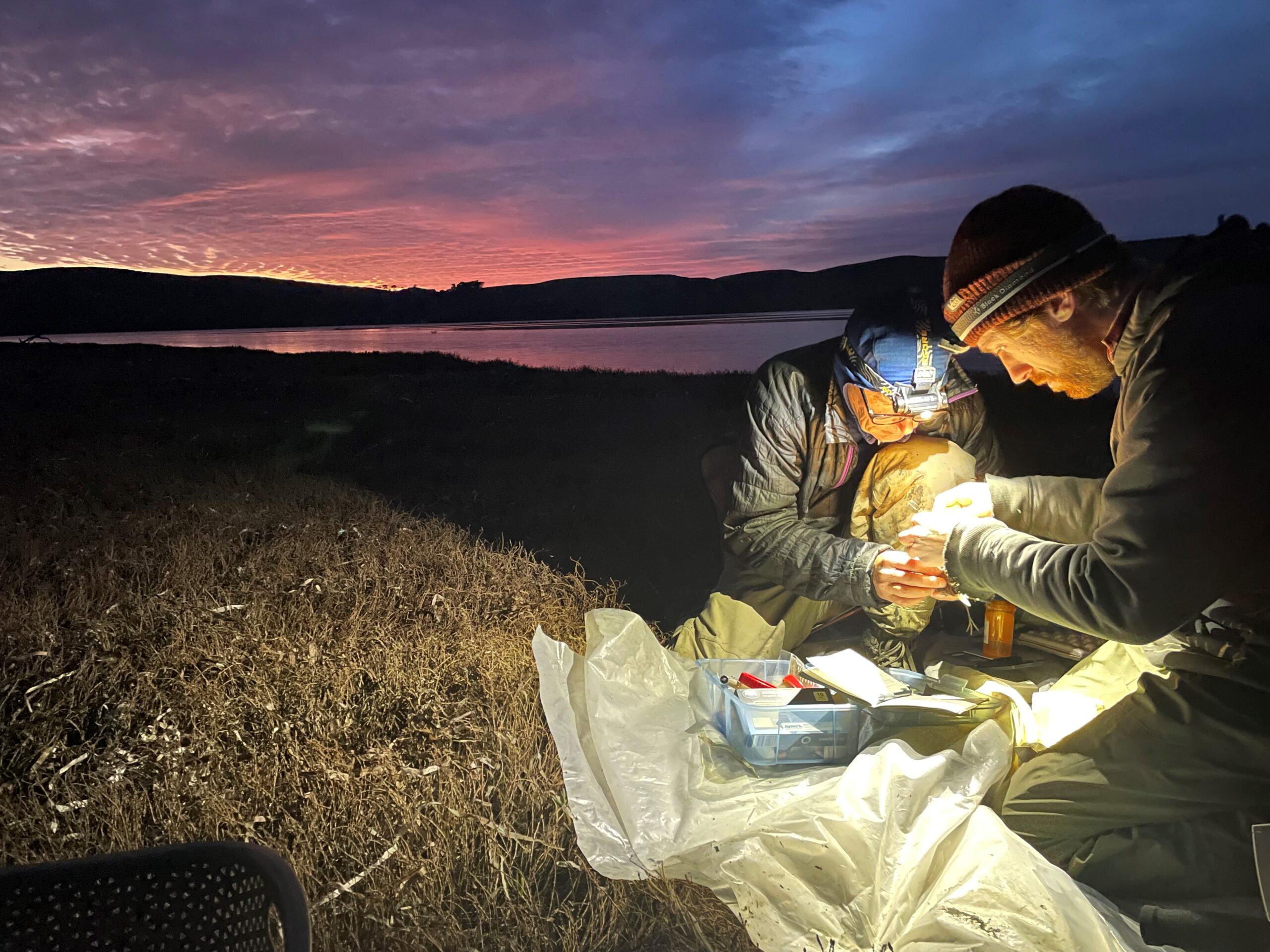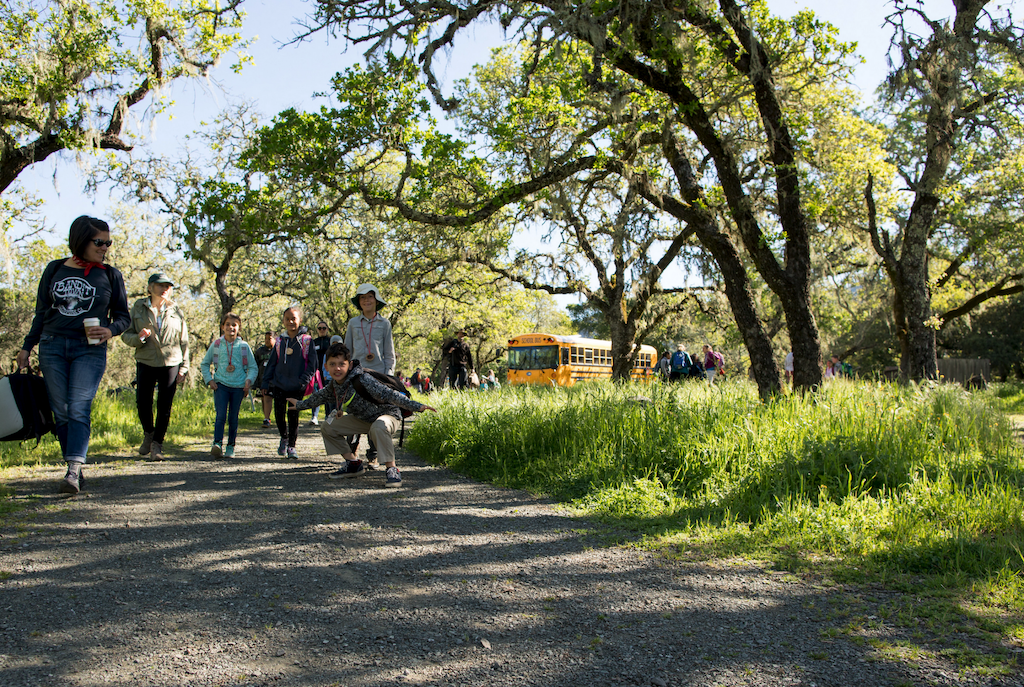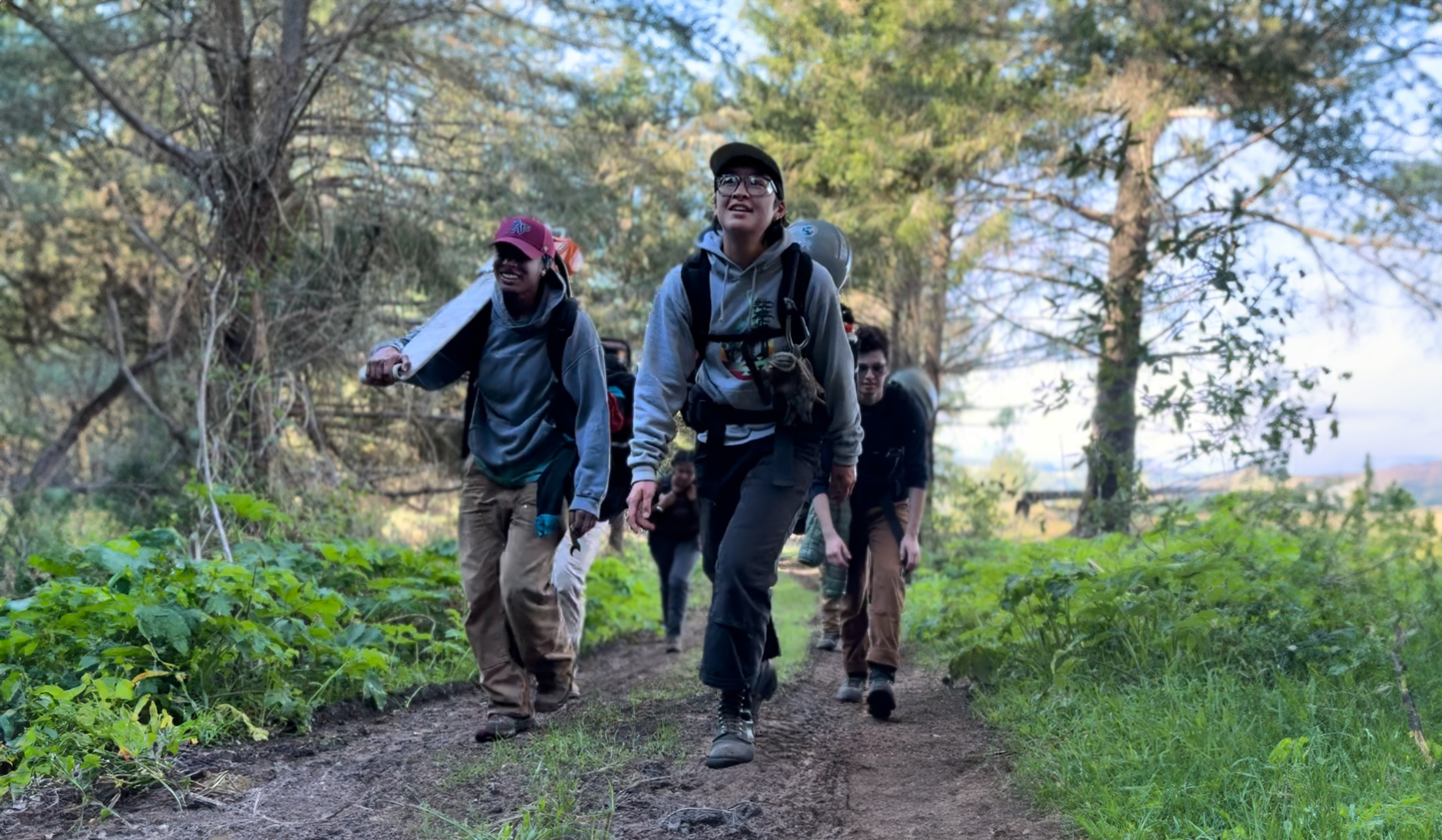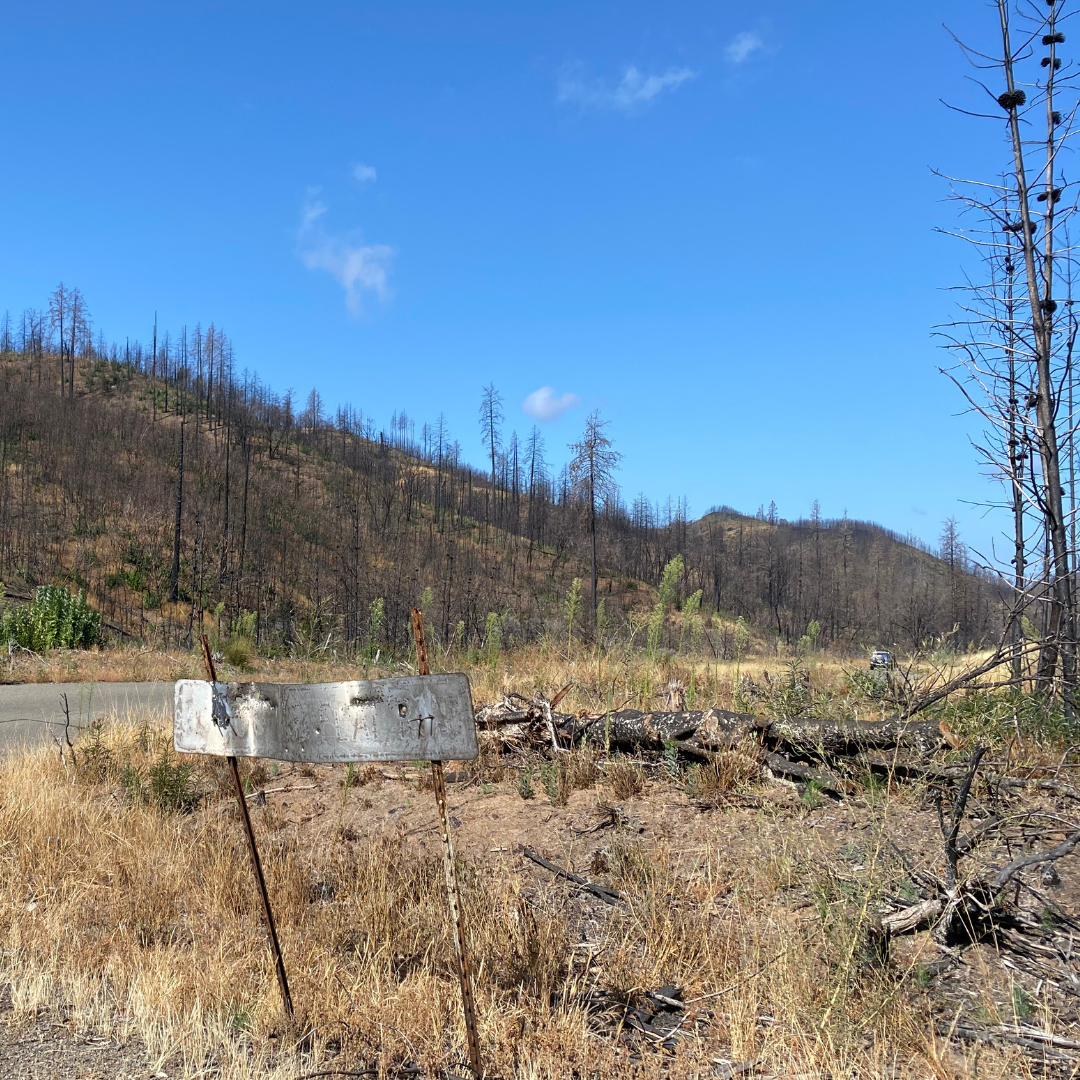Director of Conservation Science Nils Warnock and Avian Ecologists David Lumpkin and Scott Jennings have been shorebird trapping at Walker Creek Delta on Tomales Bay since November. So far, they have deployed 16 tracking tags on Dunlin, an Arctic breeding shorebird that migrates to and from Tomales Bay throughout their lifespan.
Since November, ACR scientists have been “listening in” to pings from these tags that are automatically recorded by our Toms Point and Cypress Grove Motus receiving towers. In the photo above by David Lumpkin, a CTT Hybrid Tag is attached by harness to a Dunlin. The hybrid tags combine battery and solar power for a lightweight tag, with the potential to last a year or more.
David also recently met near Colusa in the Central Valley with ACR collaborators from Point Blue Conservation Science, The Nature Conservancy, Audubon California, and Oregon State University to learn and help standardize Dunlin/shorebird tag attachment and blood sampling methods. Our collaborators are capturing Dunlin and also deploying CTT Hybrid tags.

Why are we tracking Dunlin?
On Tomales Bay, winter shorebird populations have declined by a whopping 66% since ACR first began our annual shorebird surveys in 1989. Dunlin have been among the hardest hit: in recent years, average winter Dunlin numbers dropped from roughly 10,000 individuals in 1989 to only a few thousand.
Motus receiving stations enable a global collaborative research network that allow scientists to track and research animals on the move which aids in their conservation. At preserves stewarded by Audubon Canyon Ranch, Motus towers will allow us to also listen for Dunlin that arrive here at Tomales Bay and at Bolinas Lagoon after being tagged in the Central Valley this winter. This also means we will be able to understand how Dunlin move about locally. Motus stations also allow us to listen for other animals we track, including Western Sandpipers.
We’ve looked at how local influences—including rain, wetland restoration, and raptors— impact Dunlin, and now with our collaborators like Point Blue Conservation Science and The Nature Conservancy, we are looking at how changing water conditions in the Central Valley, especially in drought years, impact Dunlin. These birds are known to move between the coast and the interior within years. Tracking Dunlin will offer insight and tangible actions for Dunlin conservation, which could help this species thrive.
Shorebirds like Dunlin also help scientists assess ecosystem health
Understanding what drives population density and diversity of birds, in any given ecosystem, can inform scientists about the overall health of the larger ecosystem. With many shorebird populations in decline, scientists are using technology for more effective species conservation.
In the end, we are hoping that results of our local study and our collaboration in the Central Valley will help us better understand why Dunlin are declining in California.
For more of our published research on Dunlin, please visit our scientific publications database.
If you enjoyed this article, feel free to share it with a friend!
Photos: (top by Scott Jennings) Dunlin trapping on Walker Creek Delta in early December, (above by David Lumpkin) a CTT Hybrid Tag is attached by harness to a Dunlin




